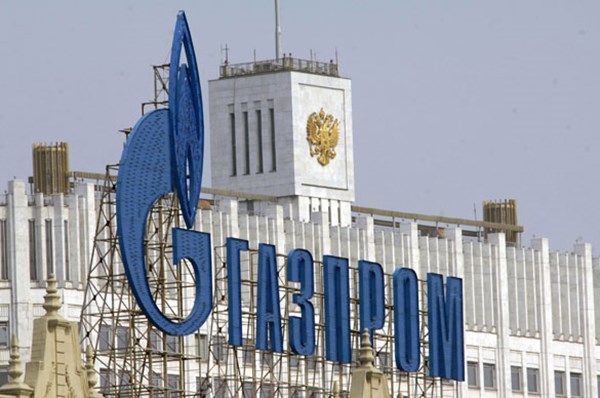Russian gas giant Gazprom drastically reduces transit through Ukraine as gas prices in Europe reach record highs
Gas price in Europe continues to reach new highs and is rapidly approaching $600 per thousand cubic meters.
On Monday, October gas futures on the ICE exchange jumped by 8% and reached $588 per thousand cubic meters.
Contracts pegged to the quotes of the EU's largest gas hub, TTF, are trading at around $584.5 per thousand cubic meters, up 6.7% for the day, 12% since the beginning of August and 195% since the beginning of the year.
Amid the new rally, Ukraine put up for action additional transit capacity through its gas transit system. The Russian gas giant Gazprom promised to pump 109 million cubic meters per day through it as part of a firm contract concluded in December last year.
Gazprom regularly bought another 15 million cubic meters as part of auctions for additional volume, but decided to abandon this practice since September.
Kyiv put up for auction the usual 15 million cubic meters per day, but Gazprom took only 0.65 million cubic meters for delivery to Hungary and completely refused to supply gas through the Uzhgorod- Veľké Kapušany corridor.
As a result, the total transit through Ukrainian territory will be reduced by 12%, which will add problems to Gazprom's European buyers, who are already suffering from a twofold drop in supplies through the Yamal-Europe pipeline.
At the end of July, Gazprom reduced supplies through this gas pipeline to 50-60 million cubic meters from the traditional 84 million cubic meters per day, and then cut it in half when an explosion and fire occurred at the plant in Urengoy.
As a result, the already half-empty EU gas storage facilities instead of the traditional summer accumulation of gas switched to supplying it to consumers.
The situation for the EU is aggravated by the shortage of liquefied gas, which is sent to Asia, where prices in July were higher by $70 per thousand cubic meters. In July, Europe received 2 billion cubic meters less of LNG than in the same month a year ago. At the same time, the European gas storage reserves are at record lows, 62 billion cubic meters, which is 30 billion lower than last year's level.
If LNG suppliers do not increase deliveries to the European market, or Gazprom does not suddenly change its strategy, and start using the Ukrainian gas transport system to the maximum, then low gas prices in Europe should not be expected, at least until the end of the year.
Rapidly rising gas prices have already led to a sharp jump in Gazprom's export revenues. According to the Russian Federal Customs Service, they amounted to $20 billion in the first half of the year, 80% higher than for the same period of 2020.
